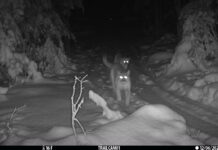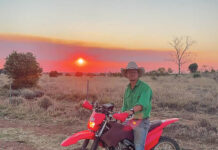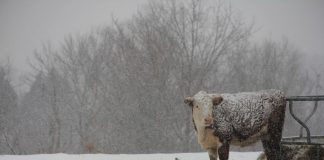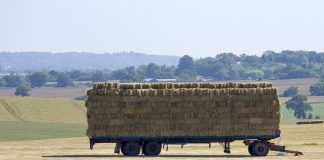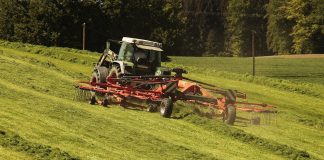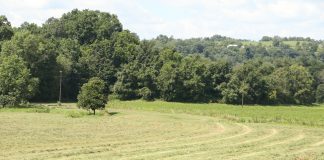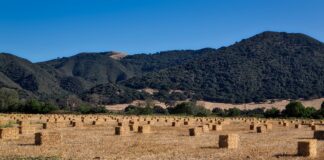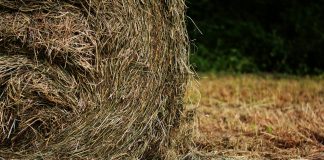Tag: hay
Reduce hay loss with various bale feeders for beef cattle
OSU Extension educator Ted Wiseman considers various bale feeder options to help beef cattle producers make informed decisions for their operations.
Is late corn harvest a result of summer wildfires?
Many farmers are seeing a late corn harvest this year. Experts and farmers debate the causes of Ohio's late harvest including wildfire haze, cooler temperatures and drought.
Will you have enough hay for the winter?
Now is great time to assess if you have enough hay for the winter, as well as consider other things you can do to make sure you have enough feed for winter.
Are you charging enough for your hay?
Those making hay should consider market changes, long-term trends, and personal enterprise costs to make sure their hay is priced fairly and competitively.
Now’s the time to assess winter forage needs
It's time to assess what your winter forage needs will be and make plans based on your requirements and availability of the potential forage acres you farm.
Now is the time to test your hay
Testing now will give you plenty of time to plan ahead for winter and ensure you have enough supplemental feed on hand.
The hayin’ crew
Bryce Angell crafts a poem about the men who helped his father bale his hay.
Time to measure and manage winter forages before it is too...
It's time to take inventory of remaining hay supplies to make sure there is enough until pastures green up regardless of what weather conditions occur.
Boost forage quality while sun shines
The goal is to harvest at the boot stage for grasses and late bud or early bloom for legumes. Ted Wiseman explains in this week's All About Grazing column.
Hay barn fires are a real hazard
Hay fires are caused when bacteria in wet hay create so much heat that the hay spontaneously combusts. Learn how to monitor your haystack.


